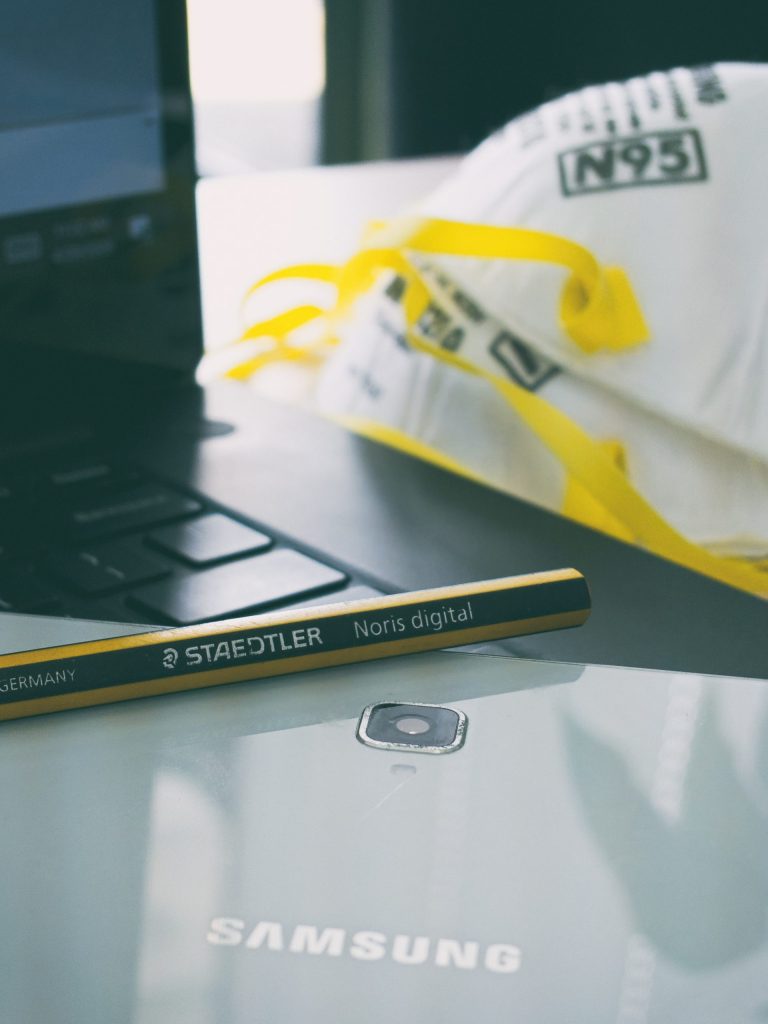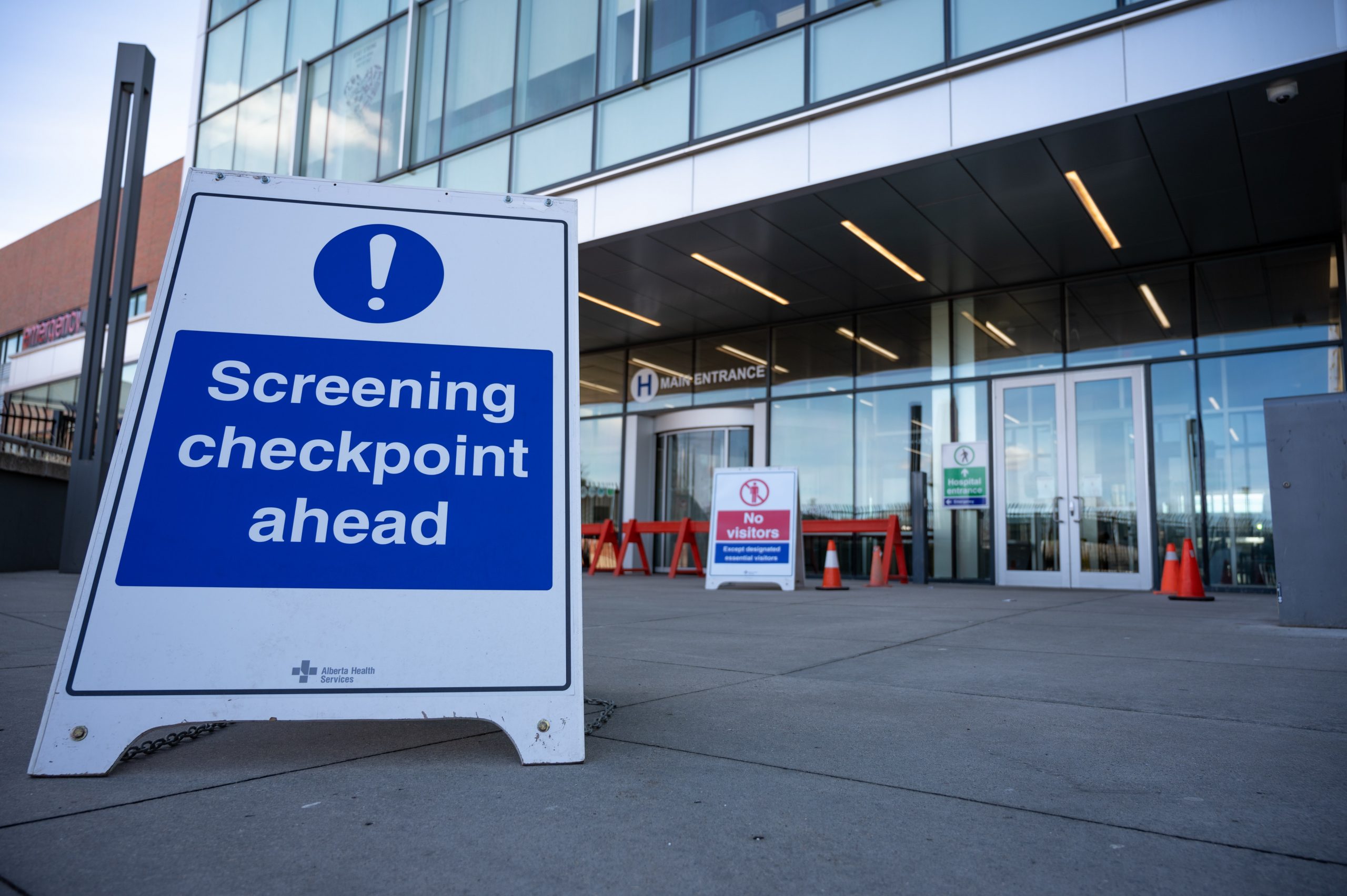Innovation in office technologies and distance communication were already revolutionizing the American work experience before the COVID-19 pandemic put ‘leaving the house’ on-hold.

Before the virus, “many companies did not use or consider health screening processes for employees and visitors,” Nathan Bennett said, VP of Technology at Life and Safety Consultants Inc., a company specializing in OSHA compliance and cutting-edge safety tools.
“If a facility did use a screening process, it was likely a digital receptionist tool used to inform visitors of the company’s safety procedures, violence prevention measures, or their visitation policies,” he said.
Now, mitigating health risks is not only the chief concern of businesses around the globe, it appears a high item agenda for the federal government and health organizations as well. The Centers for Disease Control and Prevention, the Equal Employment Opportunity, and the White House are now backing symptoms and temperature screening at businesses. In fact, certain states require employers to conduct regular temperature checks.
Today, “for the safety of employees and business continuity, we’re asking people health questions and taking their temperature before allowing them entry into our facilities,” Bennett said.
In addition to no-contact screening technologies being templated throughout the market, Life and Safety’s Lobby Safe software is also an entrance screening tool providing customizable, modular solutions with off-the-shelf options.
While using facial recognition, thermal imaging, and badge printing to make the process as efficient, automated, and touchless as possible, Bennett said “our technology can also integrate with any office or manufacturing facility.”
A recent CBRE study showed 82% of companies are preparing space-use policies in line with social distancing strategies, while 61% expect to reconfigure their furniture layouts. Whether it is height adjustable furniture, social distancing techniques, or natural lighting options, there is a renewed vigor for workplace quality of life.
“There are sit-stand converters for home or office desks,” said Corey Porteous at Office Interiors in Halifax, Nova Scotia.
“While adjustable furniture has trended for years, office workers forced home spiked the popularity of portable converters,” he said. “The kitchen table is not a feasible workstation for an extended time.”
Additionally, mobile printing apps, unified communication tools, biophilia, and natural lighting options are on the rise.
Porteous said providing people, “not just executives,” access to natural light and views of plant life can make a staff less-stressed, more productive, and creative.

While many prepare for a return to work outside the home, the coronavirus will demand social distancing techniques and an improved option for remote work from many others.
Roger Throckmorton, Chief Brand Officer at International Plastics, said it is vital American manufacturing function at high levels during this unprecedented time.
As many remain home, “business must go on while implementing new workflow patterns, entry screening processes, and spacing techniques to ensure not only the health of employees but our economy by keeping production on schedule,” he said.
For most positions, remote work is quickly becoming a long-term solution as modern enterprise video communications improve the efficiency of their platforms.
A Zoom spokesperson told Innovation & Tech Today, “during the COVID-19 epidemic, we evolved into the primary medium for any and nearly all business and social interaction.”
“This company’s solutions are aimed at organizations ranging from SMBs to global enterprises, spanning both the private and public sectors — from education, finance, government, and healthcare.”
Moving forward, social distancing strategies and remote work options will multiply daily, and while experts predict the coronavirus pandemic will subside, there will be residual policies and technologies in place for a long time to come.











